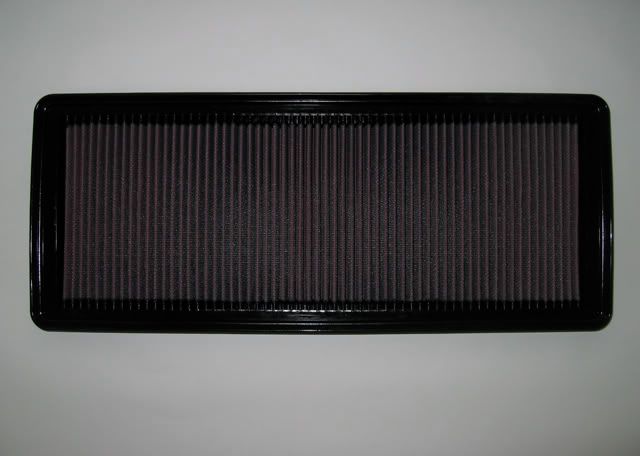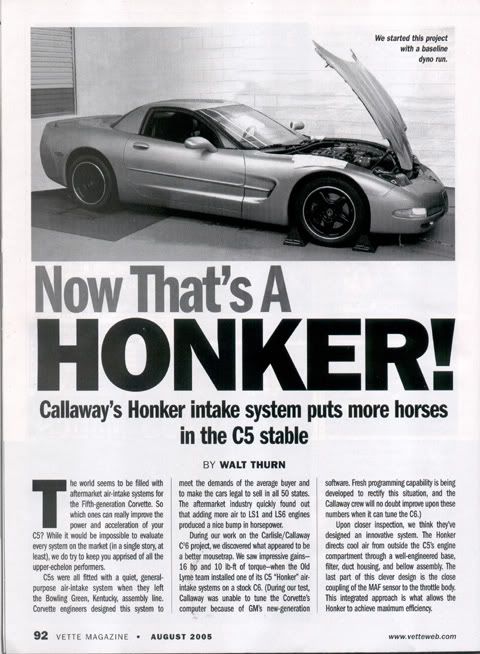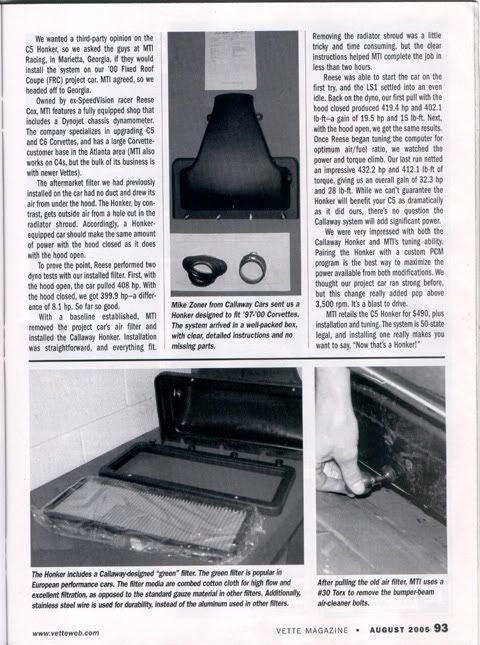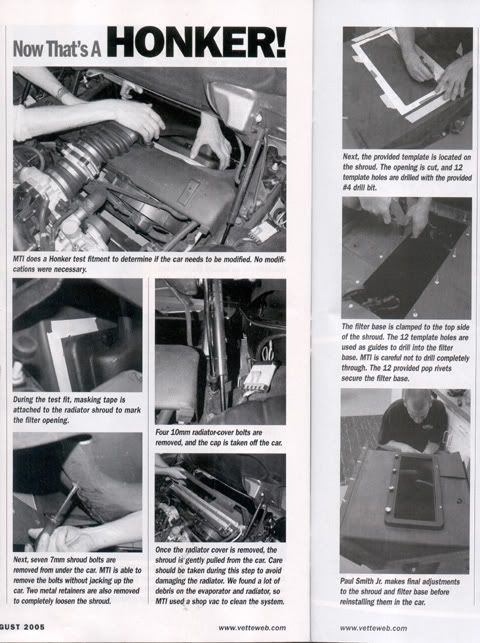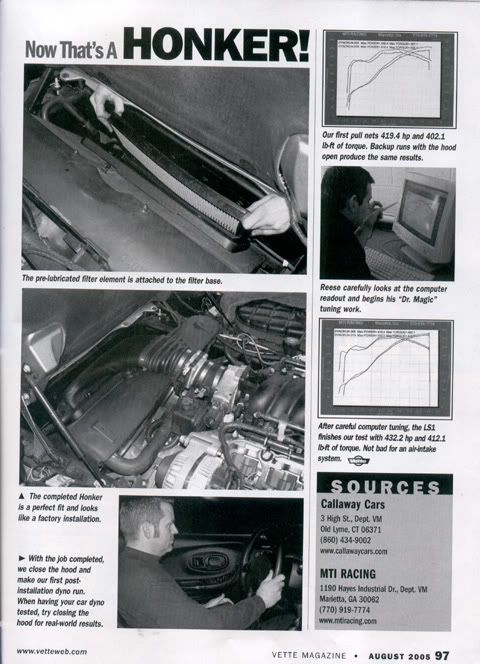- Thread starter
- #21
Hib Halverson
Technical Writer for Internet & Print Media
It is my understanding that the C4 air filter is much bigger than it needs to be for the L98 or LT1/4/5 engines, so seeing a performance increase with the installation of an oiled filter over a new paper filter is highly unlikely.
However, over time, the paper filters tend to restrict flow faster as they get dirty and the oiled filters flow more air longer, thus providing the performance advantage compared to old paper filters with similar miles and dirt. This is one of the reasons I use oiled filters. My current filters are K&N in all my cars (except the 08 - can see bying one just yet).
I've read about Green filters before and have considered them. May see if they make one for the 08. In the meantime, my K&N's are working just fine.
Tuna is correct in his understanding of the "late" C4 air filter assy. It was used on L98 for 91, LT1, LT4 and LT5 engines and was sized for approximately 500 hp "worth" of air flow, however, its obvious "overdesign" is unusual. It is a very large panel type filter. The C5 and C6 filters are not that large.
With a late C4 an oiled-cotton filter and a clean paper filter will show little of any difference over a new paper filter as long as the engine sucking the air is 450-475-hp or less.
Where a difference will start is 475-hp or more or when you start comparing papr filters which are "partially dirty" compared to a properly-maintained, oiled-cotton filter which has trapped the same amount of contaminants.
That said, my comments on K&N vs Green are not meant to be taken in an application-specific context. When viewed from a "generic" design and quality standpoint, IMO, the Green is a better choice.
If you're filtering an engine and testing shows a difference between performance with a paper filter and performance with a K&N that is "modest" or greater, then the diffferences between the K&N and the Green may manifest themselves as a slightly larger performance gain with the Green then with the K&N because, the Green (perhaps due to its woven cotton and less rubber bleed) may offer slightly more reduced-restriction that does the K&N.
Admittedly, this kind of stuff is not easily tested in the field but can be tested on chassis or engine dynos.



